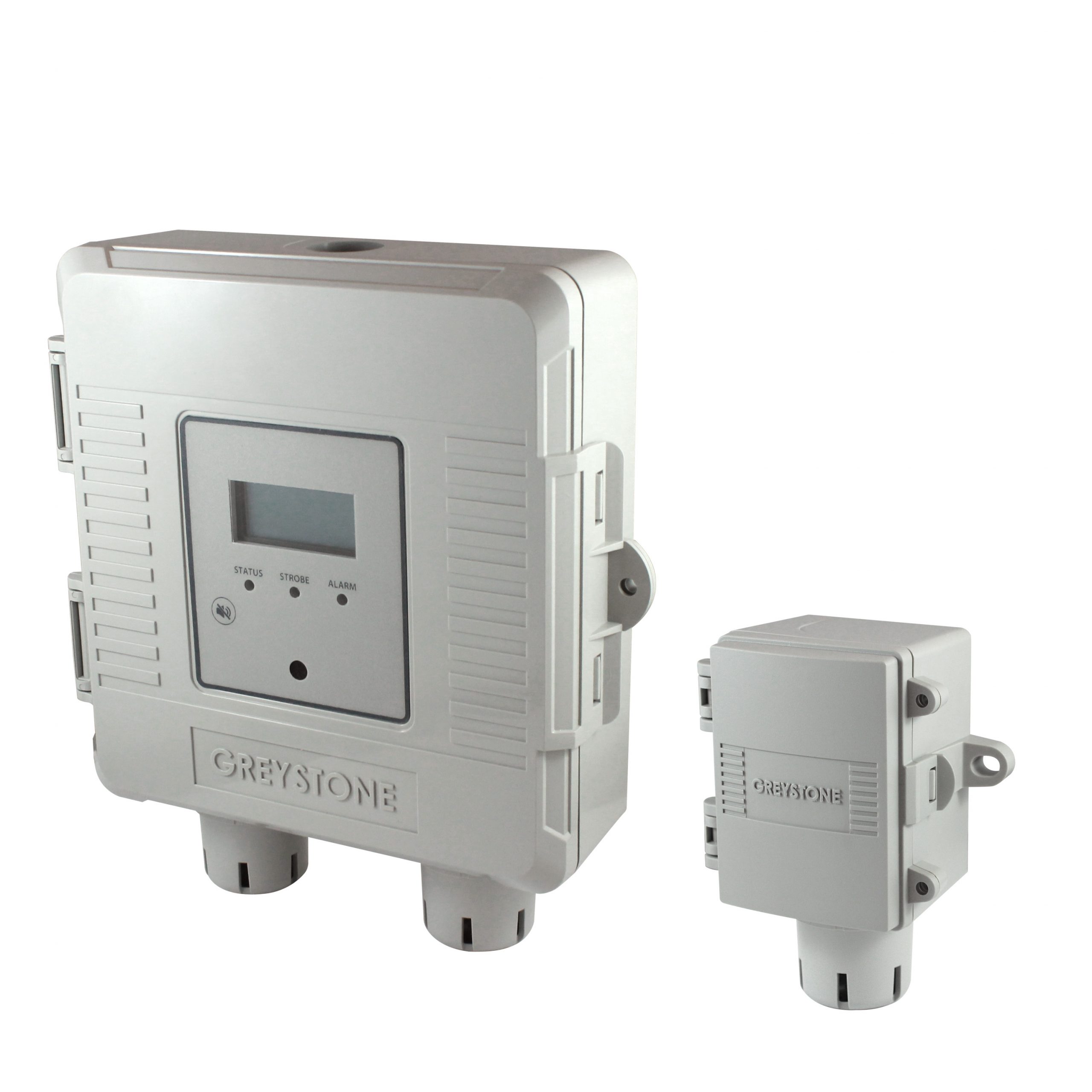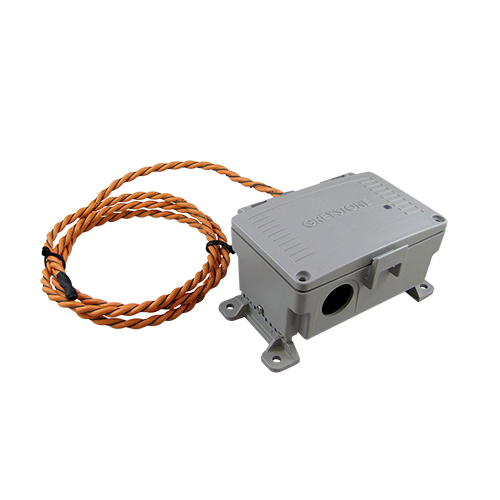Greystone offers a few devices with a Fail-Safe control operation scheme to protect the integrity of the product. Fail-Safe means that the Relay contact positions are set up so that in the event of a power failure the relay will de-energize to a condition that is deemed safe for the application.
Our GDT series of CO/NO2 gas detectors has many different build configurations and the device has two relays that may be set for Direct or Reverse operation. Direct operation means the relay is normally not energized and will energize on an alarm condition. Reverse operation means the Relay is normally energized and will de-energize on an alarm condition used for a Fail-Safe operation, as the Relay will change state upon power loss.
A normally open (N.O.) contact will come ON when trip activated. The CO detector using a reverse logic program routine will provide a Fail-Safe solution in a parking garage application. During a power loss to the detector or once the CO ppm monitoring level has exceeded the programmed trip point threshold, the Relay normally closed (N.C.) contact will close (activated when de-energized) and turns a fan to ON status, which circulates air movement and improves the space air quality for a safe environment. Once powered the contact switches to open and turns the fan to OFF status, meaning the monitored zone has an acceptable clean air condition.
To learn more about the GDT series of CO/NO2 gas detectors click here.


The WLD series of water detectors also incorporates a Fail-Safe control used in Data Centers that expect high reliability to detect water leakage near cooling units and other computer equipment in a server room. The water leakage monitoring consists of a moisture conductivity rope which will be laid out throughout the room. If the device detects water a contact will generate a switch action alert.
Data Centers expect fault responsive sequences of operation and an alarm notification requirement. Devices on-site are configured to go to a preset position, stay in last position, or revert to local, standalone control during a failure. The WLD water detector has a Reverse acting Form C Relay and Fail-Safe circuitry. The Relay silk screen legend on the board is the state of operation when powered with no water present. Once the WLD is powered the Relay N.O. contact will have an open state that will not pass a voltage signal to the controller, and if no water is detected then it remains in the same open SAFE state of operation. When the WLD senses water being present the Relay N.O. contact closes, thus allowing a 24V signal path to the controller. This will be recognized as an alarm command to investigate the system and take corrective action if necessary. If the WLD loses a 24Vac power supply source then the Relay N.O. contact will close, which allows the Fail-Safe condition with the voltage signal path to the building controller as an alarm to investigate the system.
To learn more about the WLD series of water detectors click here.


